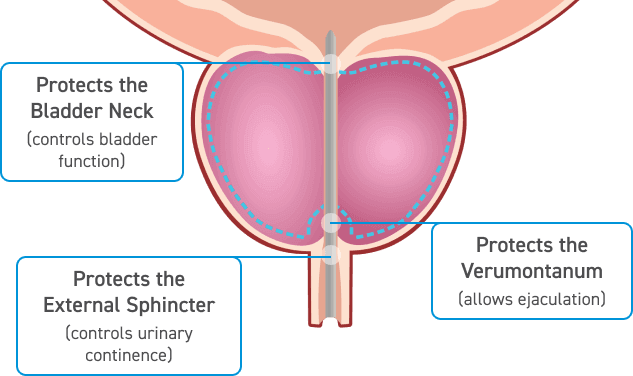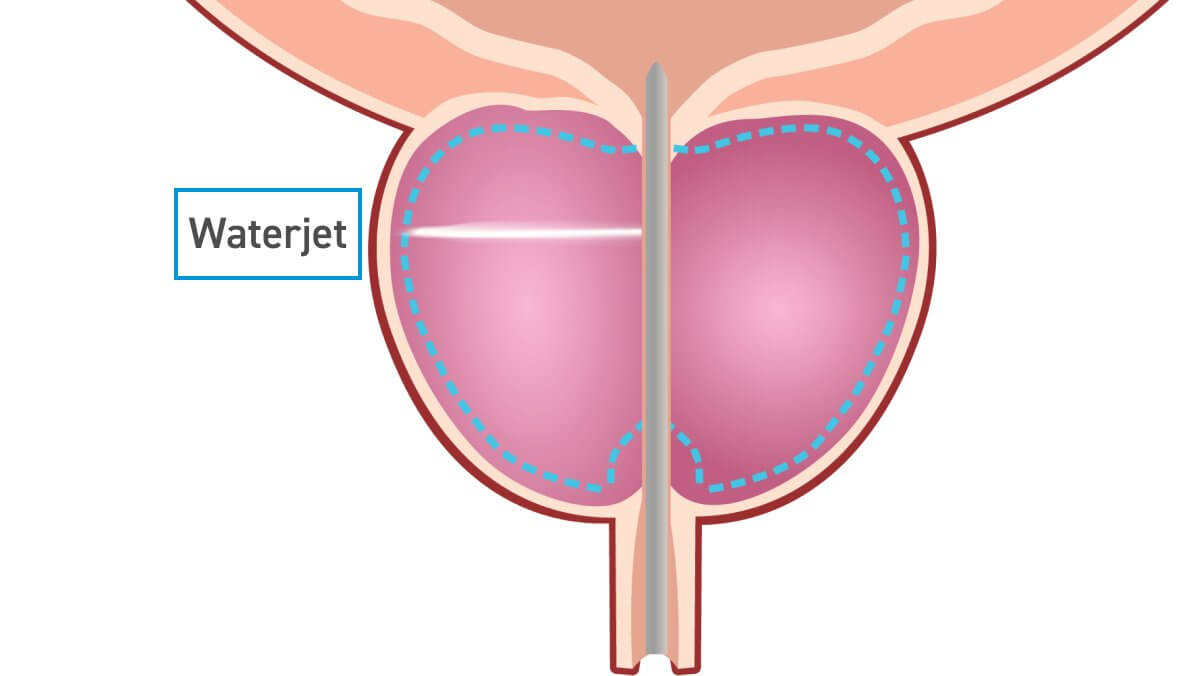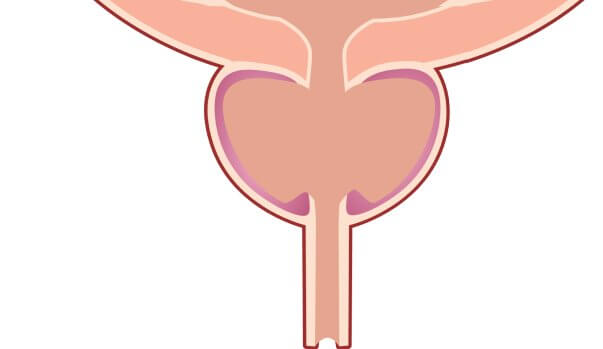The Outcomes Men Deserve
In clinical studies, most men who received Aquablation therapy preserved continence, erections, and ejaculation.¹
Significant symptom improvement²
Embrace Life Again With Aquablation Therapy
For men with BPH seeking a normal, uncompromised life, Aquablation therapy offers a minimally invasive, effective solution for lower urinary tract symptoms (LUTS) caused by BPH. Using robotic precision, Aquablation therapy delivers lasting results with a low risk of complications, empowering you to live confidently on your terms.
A One-Of-A-Kind Procedure
Aquablation therapy is the only real-time, ultrasound-guided, robotic-assisted, heat-free waterjet for the treatment of BPH.
1 in 2 Men Between 51-60 Report They Have BPH3
Living with BPH3 has many challenges. Understanding the condition and its effects is key in the journey to find relief.
The BPH Symptom Assessment
Answering these questions can help you and your urologist measure the severity of your BPH symptoms.
Understanding Your Options
Aquablation therapy is a safe and effective treatment for patients suffering from LUTS due to BPH. It can be performed on prostates of any size and shape.¹ ²
Aquablation therapy is a one-of-a-kind procedure. It is the only procedure that uses a heat-free waterjet controlled by robotic-assisted technology to resect prostate tissue.
ADDITIONAL TREATMENTS
- Watchful Waiting
- Medication
- Surgery
If a patient determines that his BPH symptoms are not bad enough to start treatment, he can choose watchful waiting.⁴
This means that before considering any medical treatment, the doctor and patient wait to see if symptoms get worse or new symptoms develop.
Medications are often the first step in treating BPH. They are prescribed by your doctor to address your symptoms by either shrinking (5-alpha reductase inhibitors) or relaxing (alpha-blockers) the prostate.⁵ In some instances, patients may be prescribed a combination of both medications.
Surgery—including Aquablation therapy—may be a longer-lasting treatment for BPH. There are two types of surgical treatments: resective and non-resective.
In resective procedures, some or most of the prostate tissue is removed during the procedure, so they are generally longer-lasting than non-resective procedures.⁶ In non-resective procedures, prostate tissue is not removed at the time of surgery.
How Does Aquablation Therapy Work?

Step 1. Surgical Planning
With the help of ultrasound imaging, doctors can create a detailed guide to plan the procedure. This guide outlines the specific areas of the prostate that need removal. The tissue within the marked area of the prostate may be removed, while the tissue outside of it may remain untouched.
Step 1. Surgical Planning

Step 2. Removing the Prostate Tissue
Next, a robotic-assisted system follows the surgical plan and resects the targeted prostate tissue using a heat-free waterjet. This advanced technology helps ensure precise, consistent, and predictable removal of the tissue.
Step 2. Removing the Prostate Tissue

Step 3. Prostate After Treatment
After the procedure, urine flows normally from the bladder, passing through the treated prostate, and exits the body.
Step 3. Prostate After Treatment
This depiction is for illustrative purposes only and does not indicate clinical performance. Patient responses can and do vary.
Important Safety Information
All surgical treatments have inherent and associated side effects, some of which may lead to serious outcomes and may require intervention. Individual’s outcomes may depend on a number of factors, including but not limited to patient characteristics, disease characteristics and/or surgeon behavior. The most common side effects are mild and transient and may include mild pain or difficulty when urinating, discomfort in the pelvis or penis, blood in the urine, inability to empty the bladder or a frequent and/or urgent need to urinate, and bladder or urinary tract infection. Other risks include but are not limited to: anesthesia risk; sexual dysfunction, including ejaculatory or erectile dysfunction; injury to the urethra, such as false passage or stricture, or to the rectum, including rectal incontinence / perforation; bladder or prostate capsule perforation; infection, including the potential transmission of blood borne pathogens; bleeding; incontinence; embolism; electric shock/burn; transurethral resection (TUR) syndrome; bladder neck contracture; and bruising. No claim is made that the AquaBeam Robotic System will cure any medical condition, or entirely eliminate the diseased entity. Repeated treatment or alternative therapies may sometimes be required.
For more information about potential side effects and risks associated with Aquablation therapy, speak with your urologist or surgeon.
Rx Only
Aquablation therapy is performed by urologists. Patients should talk to their doctor to determine if Aquablation therapy is right for them. Patients and doctors should review the potential benefits and limitations of treatment together.
References:
- Elterman D, et al. BMJ Surg Interv Health Technol. 2021.
- Gilling PJ, et al. Can J Urol. 2023.
- Roehrborm CG, et al. Clin Interv Aging. 2008.
- Mayo Clinic. Benign Prostatic Hyperplasia (BPH). 2024.
- Yale Medicine. Enlarged Prostate (Benign Prostatic Hyperplasia). 2024.
- Urology Care Foundation. 2019.
Request an Appointment
We know that most BPH treatment options may provide symptom relief, but we also know they often force men to compromise symptom relief, preservation of sexual function, and continence in some way.1,2
For more information about Aquablation Therapy, please submit the form.
"*" indicates required fields